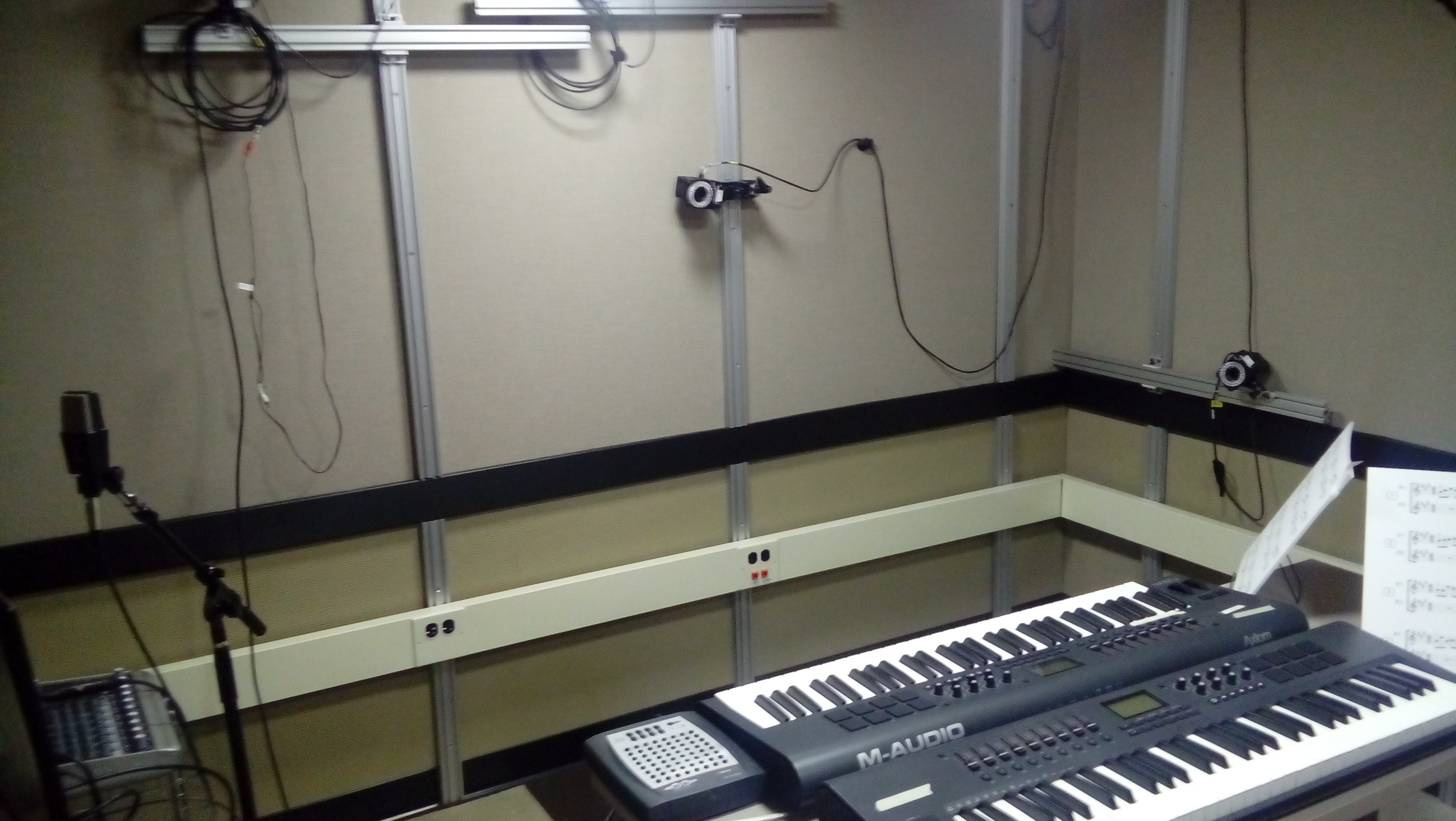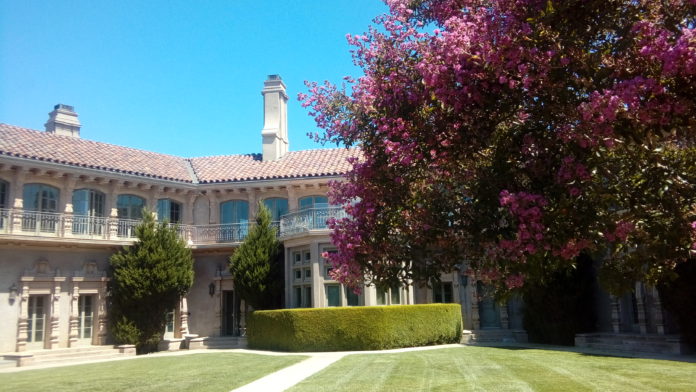Recently, I had an amazing visit to CCRMA (Center for Computer Research in Music and Acoustics). I was brought on an hour-long tour by a super friendly staff member, Nette.
CCRMA is at the world’s frontier in terms of acoustic research (including music synthesis, sonification of data, virtual acoustics, neurological factors, etc). Whether it be historical legacy, facilities, ongoing projects – the CCRMA has tons of them. CCRMA was originally founded in 1974 by Mr John Chowning. Some of us might remember this name because he came to give a talk in SUTD earlier this year.
There were so many highlights during this trip, and so many times when I totally geeked out and actually laughed in disbelief (especially in the listening room).
The listening room was really a “ear-opener”. The room was dark and I couldn’t get any good pictures, but it had a surround-sound set-up allowing 22 speakers to play sounds directed to a listener standing at the center (including 7 speakers on the ceiling and 7 underneath the listener). You can take a look here.
Nette played a recording of the “Byzantine Chant” while I stood at the center of the room. She also applied the Hagia Sophia’s virtual acoustics on the music (that was previously measured by CCRMA researchers) – that made it sound as if a whole choir was singing in front of me at the Hagia Sophia. The sound was incredibly majestic. The entire surround-sound system and the acoustics made the song so real and overwhelming. While adding filters to music is not a new concept, the idea of being able to transport a sound realistically to another location is absolutely fascinating, and has much application potential.
Another interesting place was the Neuromusic Lab, which is used for neurological research on the brain’s reactions to acoustical stimulus. The whole room is a Faraday’s Cage that can cancel out background electric fields, and the equipment used are also carefully chosen. The current set-up was to conduct research on cognition during duet-playing.

CCRMA also has the Max Lab (named after Max Matthews), which is a mini Fab Lab. It is open 24 hours and has shelves of tools and two 3D printers. There were many interesting gadgets and projects there. Some posters of past projects/courses showcased variations of music instruments, pedals, speakers as well as new methods of producing sound. Some of those projects have now been commercialized. They also have an exciting blog that displays their latest projects and workshops.
Last but not least, I also visited the recording studio. Apart from the arrays of microphones and equipment, there was also an interesting sight – a highly resonant half-piano that was currently being recorded.

This trip to CCRMA really made my day. I am highly grateful to Nette, who made it an informative and pleasant experience.
Anyone interested to know more about CCRMA can visit their webpage here.
Thanks for reading!
Lin Geng






























